Planned Parenthood to close 8 centers across Iowa, Minnesota amid federal funding cuts
Planned Parenthood North Central States said Friday that it plans to close over a third of its health centers across Minnesota and Iowa and lay off dozens of staff members in light of looming federal funding cuts and other budget constraints.
State of play: The announcement from Minnesota's largest abortion provider came just one day after the U.S. House passed a reconciliation bill that it says would "defund" Planned Parenthood and make deep cuts to Medicaid funding.
Driving the news: Leaders of the regional affiliate cited that move, along with the Trump administration's decision to freeze $2.8 million in Title X funds used for birth control and cancer screenings and a proposal to cut teen pregnancy prevention aid as key factors in the decision to consolidate its centers.
- Shifting patient preferences and broader challenges facing the health care sector, including stagnant reimbursement rates and staff shortages, also contributed, it said in a release.
By the numbers: Planned Parenthood North Central States (PPNCS) says it provides sexual and reproductive health care, including abortions, to an estimated 93,000 people across Iowa, Minnesota, Nebraska, North Dakota, and South Dakota each year.
- Over 30% of its patients rely on Medicaid, per a release.
Between the lines: While federal funds generally cannot be used for abortions, critics of abortion rights have long sought to prevent any taxpayer money from flowing to the organization.
What they're saying: PPNCS president Ruth Richardson said the "heart wrenching" decision to consolidate operations was meant to "ensure Planned Parenthood is here for years to come."
- "We have been fighting to hold together an unsustainable infrastructure as the landscape shifts around us and an onslaught of attacks continues," she said in a statement.
Zoom in: The list of eight sites slated to close in the coming year includes several in the Twin Cities metro. Four Iowa health care centers — including its only facility that provides abortions in that state — and two in Greater Minnesota will also shutter:
- Ames Health Center (Ames, Iowa)
- Alexandria Health Center (Alexandria, Minnesota)
- Apple Valley Health Center (Apple Valley, Minn.)
- Bemidji Health Center (Bemidji, Minnesota)
- Cedar Rapids Health Center (Cedar Rapids, Iowa)
- Richfield Health Center (Richfield, Minnesota)
- Sioux City Health Center (Sioux City, Iowa)
- Urbandale Health Center (Urbandale, Iowa)
Plus: PPNCS will also lay off 66 staff members and offer 37 others the opportunity to be reassigned as part of the reorganization.
Zoom out: Minnesota has seen an increase in both abortions and out-of-state patients seeking abortion care in the wake of the 2022 U.S. Supreme Court decision overturning Roe v. Wade.
- Abortions in Iowa, meanwhile, dropped 60% in the first six months after the state began enforcing one of the nation's strictest bans.
The bottom line: Planned Parenthood said its 15 remaining health centers across the chapter's region, including about a dozen in Minnesota and Iowa, will remain open.
- Those sites, combined with virtual care, serve about 80% of its current patient population.
- "Make no mistake: care may look different but Planned Parenthood North Central States is here to stay," Richardson said.





/2025/05/23/1748022534479.gif)
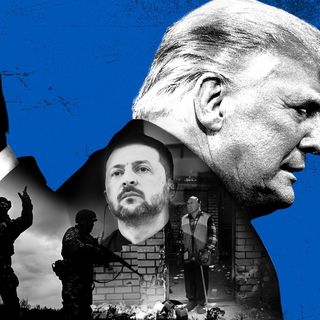

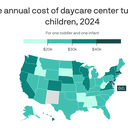

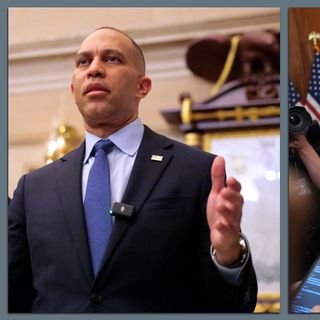


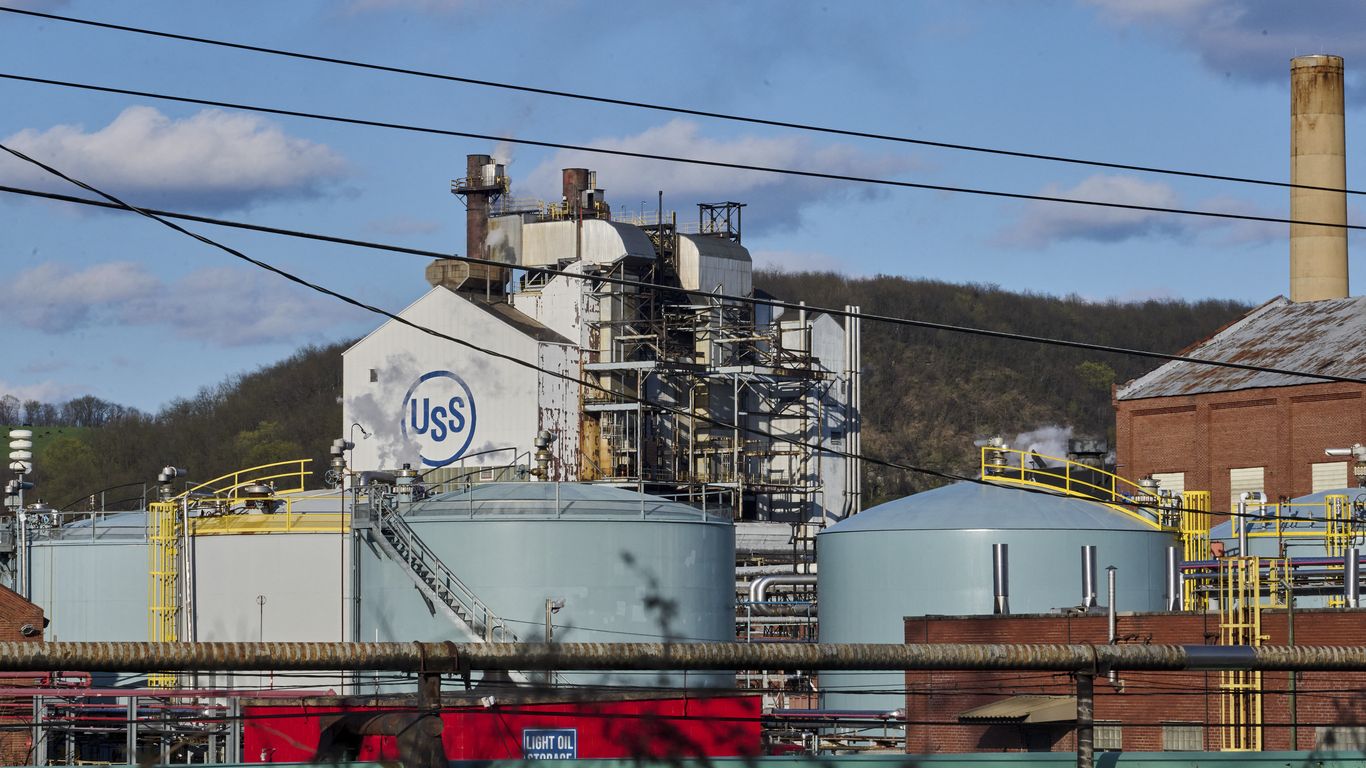
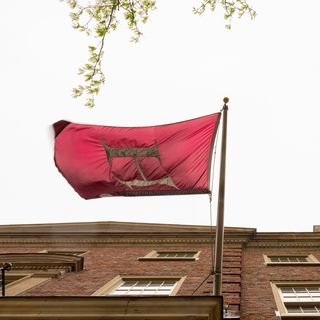



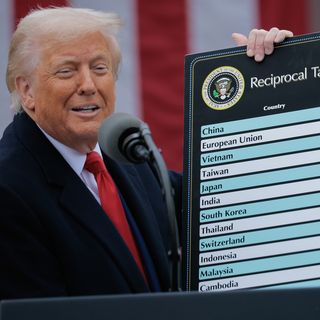

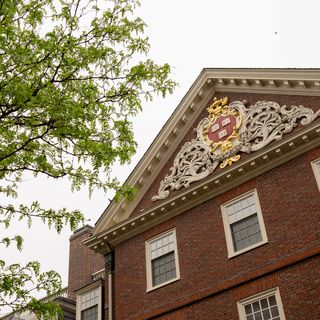

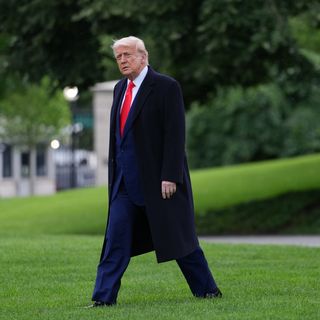

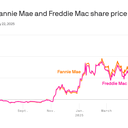

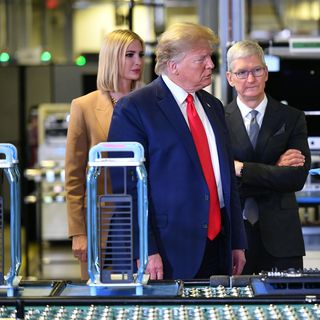




/2025/05/22/1747946866851.gif)








